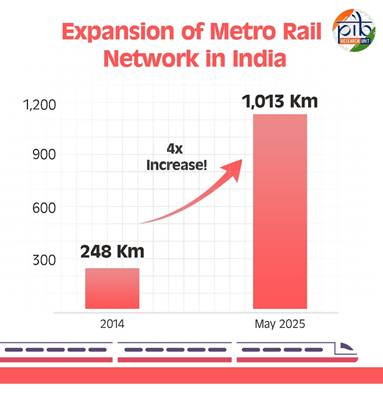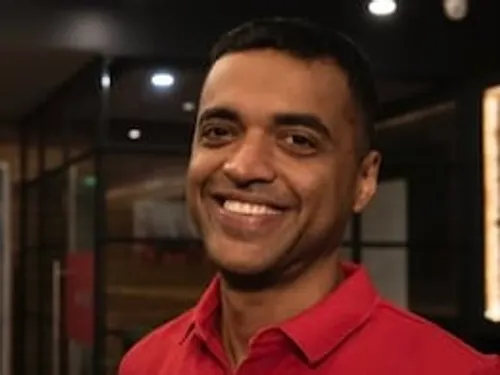Prime Minister Narendra Modi has spearheaded the nation’s transformation into an infrastructure powerhouse, with projects such as the Statue of Unity in Gujarat, the Atal Tunnel in Himachal Pradesh, the Chenab Bridge in J&K, and the Zoji La Tunnel in the heart of the Himalayas. And the journey of the country’s infrastructure development has only begun, spanning railways, trains, roadways, and airways, as well as several one-of-a-kind initiatives, including the new Parliament building and Kartavya Path (revamped Rajpath) projects in the national capital under its Central Vista drive.
PM Modi completes one year in third term and 11 years in office since 2014
On June 9, 2025, the PM completed the first year of his third back-to-back term in office, with two remarkably successful five-year terms starting in 2019 and 2014.
Here is a summary of key milestones achieved by the country during PM Modi’s 11 years in office.
Railways
Touted as India’s lifeline, the Indian Railways serves more than 700 crore people in a year. The Railways transported 1,617 million tonnes of cargo in FY25, a remarkable increase of more than 53 per cent from 1,055 million tonnes back in FY24—cementing its position as the world’s second-largest railway cargo carrier.
This shift of cargo from road to rail has helped the nation avoid more than 143 million tonnes of CO2 emissions, wrote Union Minister Ashwini Vaishnaw, citing expert estimates. “That’s like planting 121 crore trees,” the minister wrote, highlighting the Modi government’s 11-year journey to transform the country’s railways.
Railway cargo transport is greener, more cost-effective | Rs 5.2 lakh crore saved in logistics and diesel costs in a decade
Vaishnaw also wrote that transporting goods by rail, instead of by road, has led to savings to the tune of 3.2 lakh crore in logistics costs over the last decade. “Railways are also much cleaner, releasing 90 per cent less carbon dioxide than trucks… This road-to-rail transition has saved us 2,857 crore litres of diesel, roughly translating to savings of Rs 2 lakh crore in fuel costs,” he wrote.
Railway Electrification: In just 11 years, double the progress made in the past 60 years
The Union Minister also highlighted that the Railways electrified 47,000 kilometers of tracks in 11 years of the Modi government, in stark contrast to 21,000 kilometers of tracks electrified in the 60 years before 2014.
“Today, 99 per cent of our broad gauge network is electrified,” wrote the Union Minister.
As India embraces modern, zero-emission technology, the Railways is set to run the world’s most powerful and longest hydrogen train. This project, set to connect Jind and Sonipat in Haryana, will be able to carry up to 2,600 passengers.
Metro Rail Expansion
India has made strides in metro rail expansion too, with a more than four-fold increase in the quantum of operational metro lines to 1,013 km in May 2025 from just 248 km back in 2014. The nation now ranks third globally in terms of total metro rail network, according to an official statement.

PM Modi’s UDAN regional connectivity scheme
Launched in October 2016, the ‘Ude Desh ka Aam Nagrik’ (flight for every citizen) regional connectivity scheme has made air travel affordable and accessible for the common man.
In just six years, the UDAN drive has connected 88 airports—including two water aerodromes and 13 heliports—through 625 routes.
Meanwhile, the country’s airport network has expanded exponentially, to 160 airports in 2025 from just 74 in 2014.
The scheme has boosted tourism, improved access to healthcare, and spurred trade in tier 2 and tier 3 cities, driving inclusive regional development, noted the statement.
Anurag Dhole is a seasoned journalist and content writer with a passion for delivering timely, accurate, and engaging stories. With over 8 years of experience in digital media, she covers a wide range of topics—from breaking news and politics to business insights and cultural trends. Jane's writing style blends clarity with depth, aiming to inform and inspire readers in a fast-paced media landscape. When she’s not chasing stories, she’s likely reading investigative features or exploring local cafés for her next writing spot.






